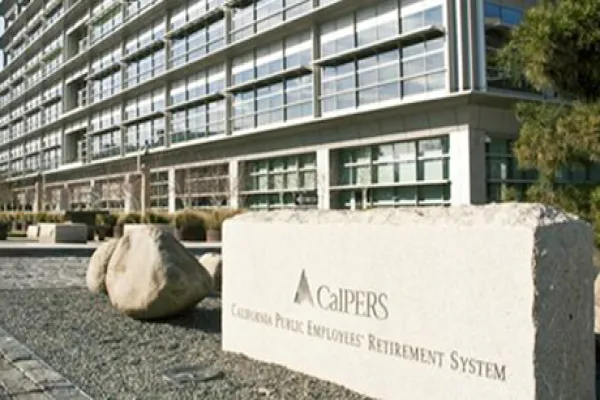Defined contribution plans are one of the last frontiers for alternative investment managers — and the barriers to entry are high.
Investment managers and defined contribution plan fiduciaries want to provide access to alternatives to plan participants. But disparate performance, lack of clarity on liquidity, and the threat of litigation remain obstacles.
“At a high level, if there’s any type of vehicle where alternatives would make sense, it would be in a 401(k) or DC scheme, just given the long-term nature of the assets that are typical in those vehicles,” said Aaron Filbeck, managing director at CAIA Association.
Much ink has been spilled on the democratization of alternative investments. Retail investors, particularly high-net-worth clients, have been seen as prime targets for investment managers’ growth in recent years.
And it’s for good reason. Recent research from Georgetown University shows that adding a 10 percent allocation to private equity — replacing publicly traded stocks — can boost median returns by 22 basis points annually. Adding a 10 percent allocation to real assets by replacing U.S. large-cap and core bonds offered a median improvement of 11 basis points per year.
Combining those scenarios — with a 5 percent allocation to each strategy — could boost performance by 15 basis points per year.
“We would love to add some element of private credit or equity to the portfolios in the future,” said one corporate plan CIO. “These options do cost more, but we believe that they’ll net more.” The CIO, who spoke under the condition of anonymity due to ongoing litigation concerns, said that some peers have not added private assets to their 401(k) lineups due to the the threat of lawsuits filed over the added cost of running these strategies.
“There is a history of litigation where plan sponsors in some respects felt like the best space to be is in the lowest cost thing,” said Dennis Simmons, executive director for the Committee on Investment of Employee Benefit Assets. “That's not necessarily the best thing for plan participants.”
In 2020, the Department of Labor issued an information letter that stated that a plan fiduciary that managed both defined contribution and defined benefit plans would not violate ERISA rules by offering a professionally managed fund that included a private equity allocation.
Simmons said that CIEBA had been in active talks with the government ahead of this letter’s publication. But according to the pension plan CIO, the Department of Labor's letter, while informative, does not protect plan sponsors, who still face the threat of lawsuits filed over fund costs or underperformance.
That fear is compounded by the fact that there is more performance dispersion in private equity and venture capital than in publicly traded assets, according to the CAIA Association. “If you put out a large-cap growth fund in a DC plan and you’re wrong, the top-to-bottom quartile spread is minimal compared to what you might have in venture capital and buyouts,” Filbeck said.
Despite this, the Georgetown researchers were able to show that the majority of portfolio outcomes were improved by adding alternatives. Just a 10 percent allocation to private equity improved 80 percent of outcomes, while a 10 percent allocation to real assets improved 72 percent of outcomes. A combination of the two improved outcomes for 82 percent of the portfolios considered.
There are paths forward for adding private assets to DC plans, according to the experts. Filbeck said that alternatives are most likely to be integrated through managed funds, like target date strategies or risk allocation funds.
According to Simmons, the investment management industry has to catch up, too. Plan sponsors need clarity on how liquidity will work for 401(k) funds. They will also need information on valuations, as these assets would likely need to be valued more regularly than they are today.
“For the most part, alternatives are a little bit more expensive, so defined contribution plans sponsors maybe shy away from that,” Simmons said. “Our members would say that there’s a prudent way as a fiduciary to look at this.”
Added Filbeck, “Whoever figures this out and is able to do it within the guidelines that currently exist opens the door for the rest of the industry.”







